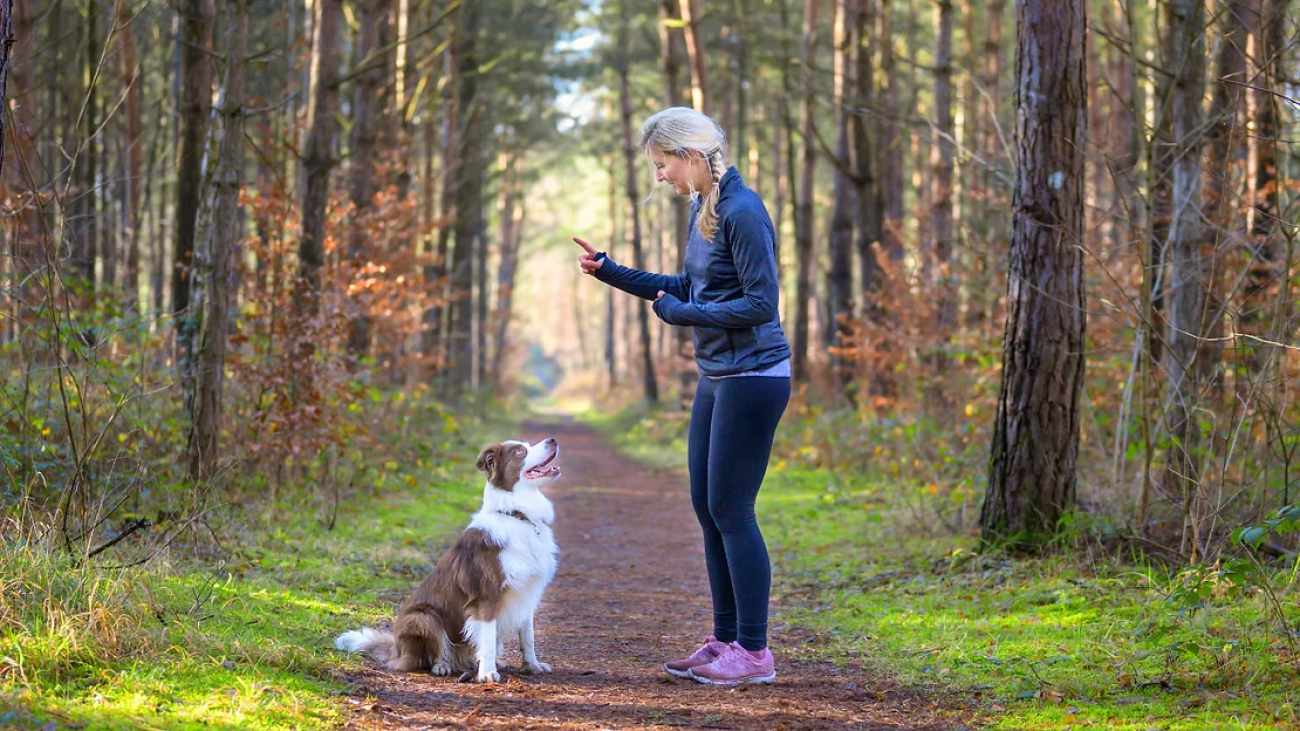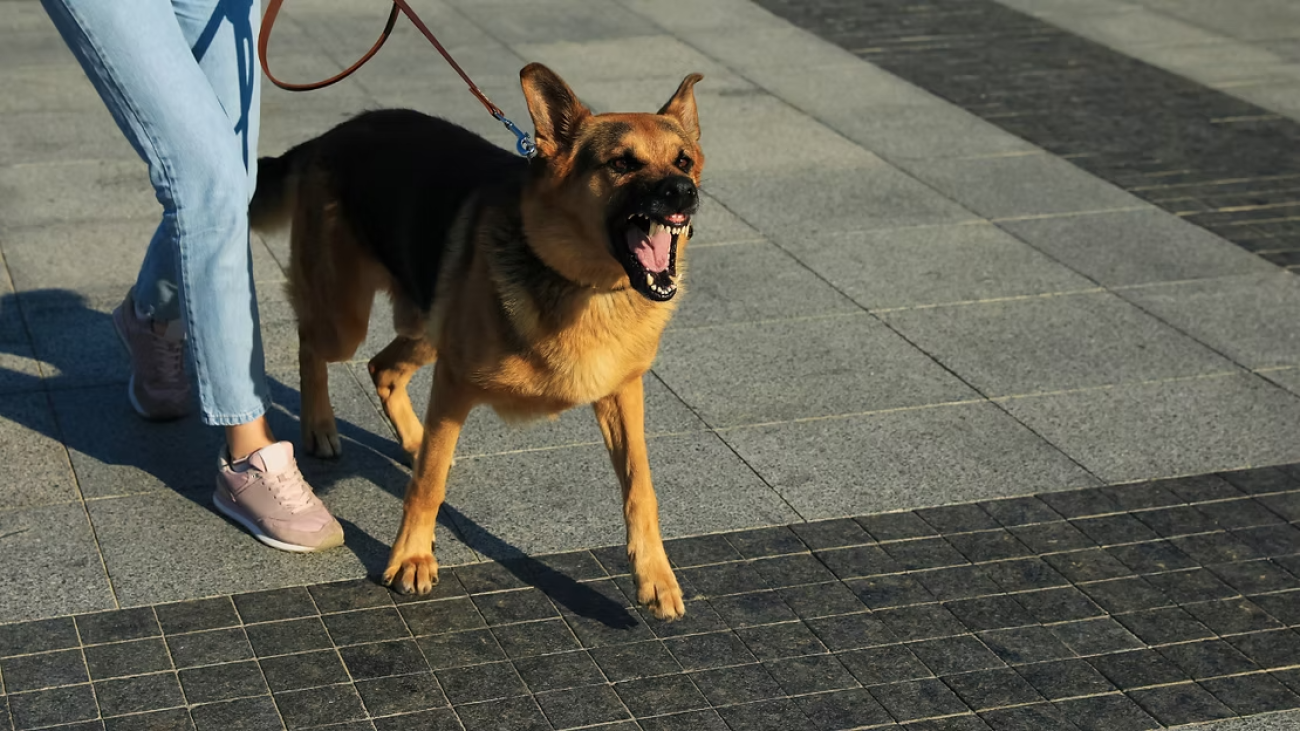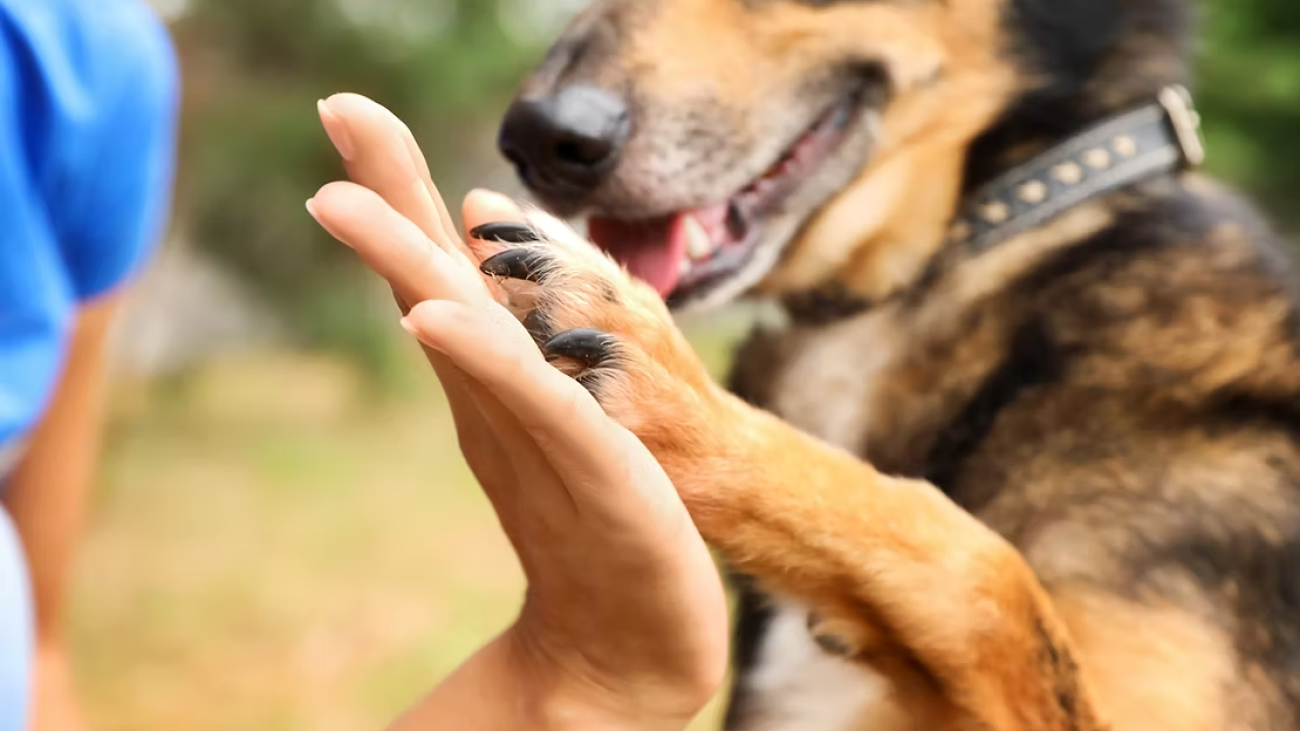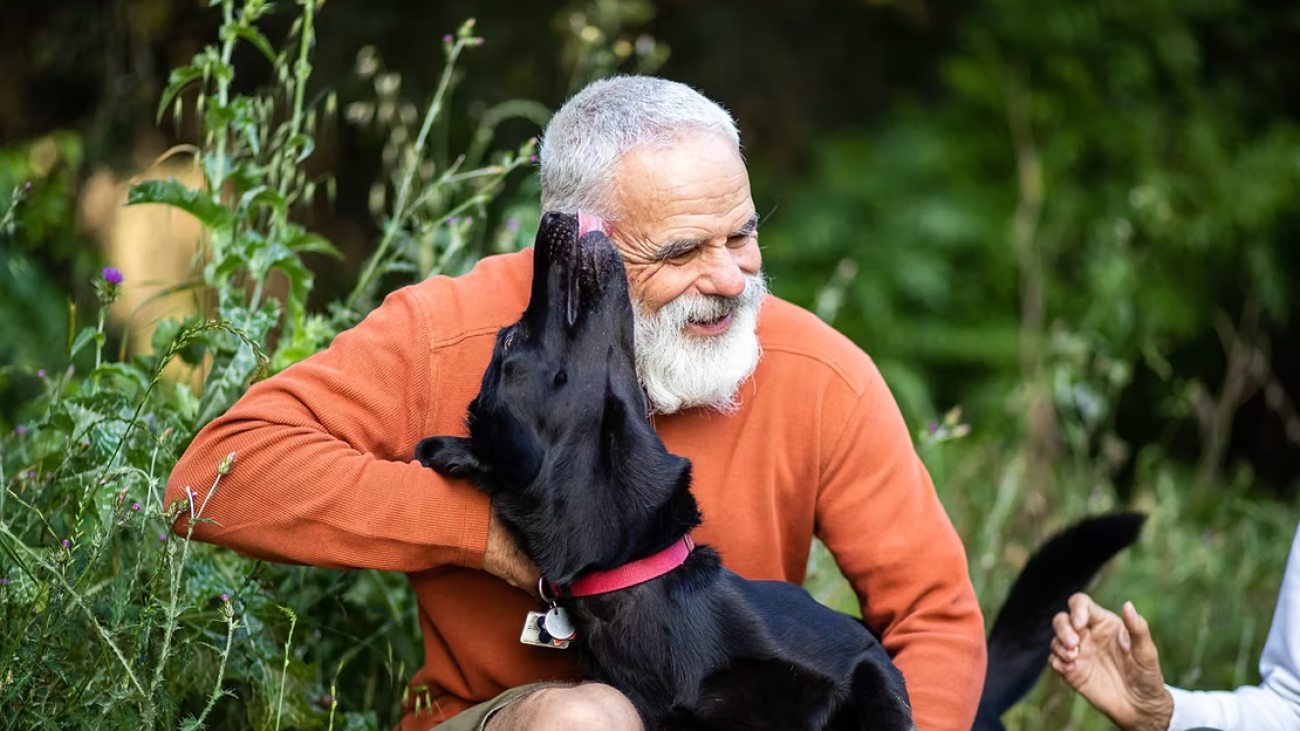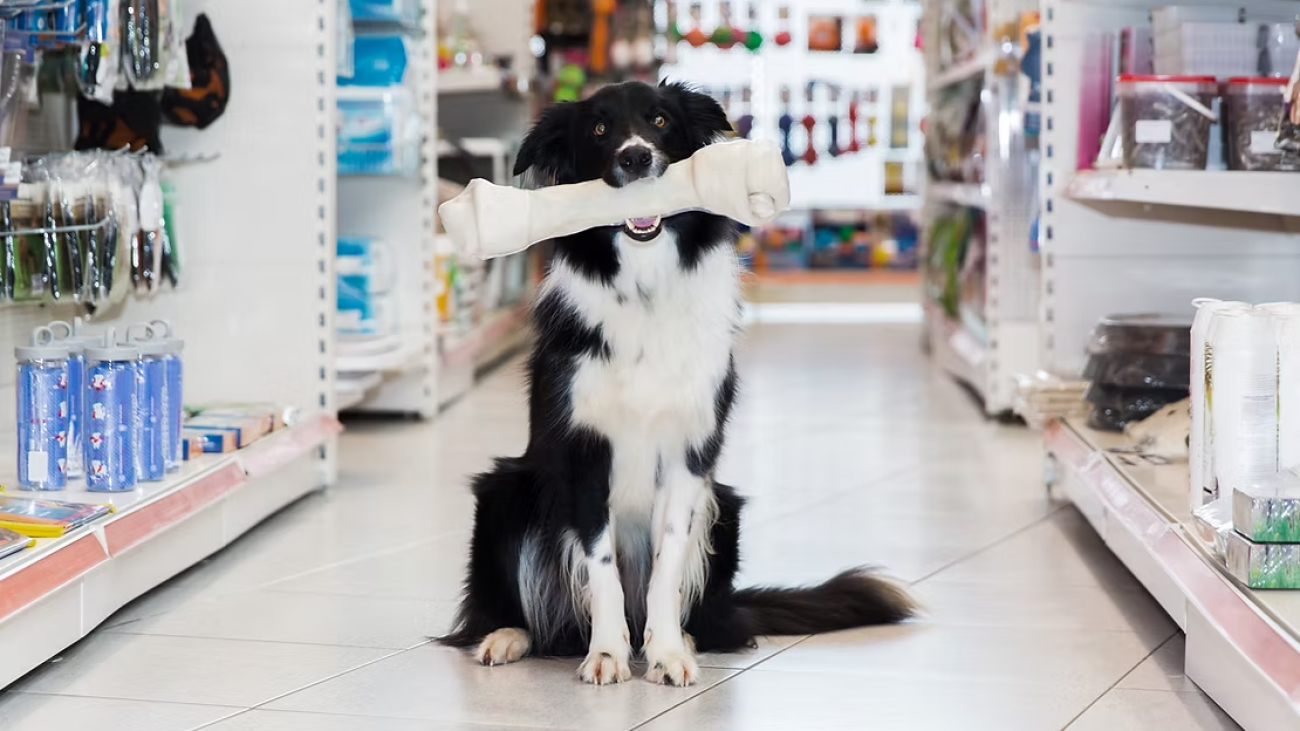To my beloved R+ Family,
As I sit down to write this letter, it’s with a heart full of love and a mind brimming with thoughts that have been simmering for some time now. This isn’t just a letter, but a heartfelt plea for introspection, understanding, and collective growth within our cherished R+ community.
We’ve all stepped onto this remarkable path together, haven’t we? It’s a path paved with the belief that shaping behavior isn’t about intimidation or coercion but about positivity, rewards, and a whole lot of understanding. This philosophy isn’t just a training method; it’s a way of life that champions kindness, empathy, and compassion. And what a journey it’s been – transformative for the dogs we adore, for the families we’ve helped, and, importantly, for us.
Yet, in our passionate crusade for our beliefs and methods, we’ve let a sneaky shadow sneak in amongst us. This shadow shows up as division and misunderstandings, sometimes mirroring the very behaviors we’re working hard to change. It’s as if we’ve momentarily forgotten that the principles of positive reinforcement should spill over into how we treat each other – as peers, mentors, and friends.
The Shadow in Our Midst
Even with our hearts in the right place, we’re grappling with a shadow, reminiscent of what Carl Jung delved into. It’s this idea that beneath our conscious efforts to spread light, there’s an unacknowledged side affecting our interactions in ways that don’t always align with our core values.
This shadow could show itself in actions that reflect the behaviors we aim to change in our training sessions. Picture learned helplessness, where someone feels so trapped by past experiences that speaking up or challenging the norm feels daunting, stifling our collective creativity and forward momentum.
Or consider emotional reactivity, flaring up in comments section on social media, leading us away from constructive debate and towards responses fueled more by emotion than reason. This mirrors the exact situations we strive to avoid in dog training, where dogs react out of fear or confusion rather than from understanding and trust. Among us, it can derail communication, making community members feel attacked rather than heard, pushing meaningful dialogue aside.
Most critically, this shadow can strain the core of our community – the relationships we aim to build and nurture. Just as R+ training strengthens the bond between dogs and their humans through positive reinforcement and mutual understanding, we should aim to foster supportive, strong relationships within our own ranks. However, when shadow behaviors like learned helplessness and emotional reactivity take hold, they can erode the trust and respect essential for our community’s well-being and progress.
Feeling the Burnout
Burnout is hitting R+ trainers hard, transforming from mere fatigue into a deep-seated part of our existence, leaving us feeling overwhelmed, undervalued, and disconnected from the work that once sparked joy and purpose in us.
This burnout stems from the unending stress and emotional turmoil fueled by unresolved tensions and conflicts within our field. The constant pressure of advocating for our four-legged friends, coupled with the fear of judgment from within our own community, creates a relentless environment. This stress doesn’t just zap our energy—it starts wearing down our physical health too.
With the linkage between chronic stress and physical health being well-documented, it’s no surprise that dog trainers are facing increasing numbers of autoimmune diseases and other health challenges in addition to anxiety and depression. This burnout is not only killing businesses but the very human beings that run them.
The Ripple Effect
This polarization we’re part of on social media? It’s unfortunately putting pet parents in the crosshairs of confusion and distrust. This climate undermines the essential trust in the trainer-pet parent relationship and diminishes our potential positive impact on dogs and their families.
In an ideal world, the relationship between a dog trainer and a pet parent is based on trust, mutual understanding, and shared objectives. But burnout wears us down, making us less patient, less attentive, and less tuned into the nuances that shape a pet parent’s view. This can lead to misunderstandings and reinforces the very climate of distrust we’re trying to eliminate.
Moreover, when our ability to fully connect and understand pet parents takes a hit, we face significant barriers to achieving client compliance—a critical piece in the success puzzle of any training program. Compliance isn’t just about following through on instructions; it’s about feeling understood and supported, and motivated to embark on the training journey. Without this, our recommendations might miss the mark, leading to lukewarm implementation or outright dismissal. It’s too easy then to point fingers at clients for being uninterested or seeking quick fixes without introspecting on how we can elevate our teaching game.
How It's Affecting Our Dogs
One of the most heartbreaking aspects of our collective shadow is how it hinders our education and professional growth. In our zeal to defend our philosophies, we’ve somewhat lost sight of the crucial need for continuous learning and improvement.
This standstill is particularly dangerous in dog training, a field that naturally should be dynamic and constantly evolving. I can’t be the only one who’s sick of hearing the same content from the same few speakers for our CEUs. Dogs, with their rich tapestry of needs and behaviors, cannot be pigeonholed into the simplistic 4 quadrant model of operant conditioning. There’s a whole lot more to behavior modification than reinforcers and punishments. Yet, as debates over methodologies rage on, we risk overlooking the groundbreaking research into dogs’ cognitive, social, sensory, and emotional worlds. By clinging to outdated dog behavior models, we miss out on opportunities to revolutionize our training methods, potentially enhancing the welfare and life quality of our canine friends.
The hesitation to dive into open discussions about new research and techniques constricts our ability to incorporate these valuable insights into our practice. When fear of criticism stifles our curiosity, asking “What if?” or “Why not?” becomes daunting. This reluctance not only curtails our professional development but also impacts the welfare of the dogs we’ve dedicated ourselves to assisting.
Is Balanced Training To Blame?
The narrative within our R+ community often places balanced trainers at the forefront of our discussions on professional challenges and burnout. While these discussions stem from real frustrations and obstacles, they invite a deeper reflection on the broader implications for both our community and the dog training industry as a whole.
Blaming balanced trainers for our burnout inadvertently grants them significant influence over our happiness and success. This perspective overlooks the broader challenges we face in ensuring our well-being and delivering consistent, high-quality training. When clients, feeling underserved, turn to balanced trainers, it’s not necessarily a critique of R+ methods but a sign of the larger issues at play in maintaining our standards and health. Yes, it’s valid to lament the sight of dogs being mishandled, but making this our identity fosters a cycle of blame and helplessness, rather than empowering us to take charge of the one thing we can control: ourselves.
Moreover, this combative stance can entrench a defensive attitude within the balanced training community. Recognizing that balanced trainers, much like us, operate based on their beliefs and experiences, aiming to address perceived gaps in dog and family training needs, is crucial. Despite our legitimate grievances about their approaches, this divide hampers productive dialogues on training methods, dog welfare, and professional standards—conversations that could uplift the entire industry and, most importantly, benefit the dogs at the heart of our mission.
I am not suggesting that we should excuse abuse and sing “Kumbaya” with trainers who choose to cause harm, but if we truly believe our methodologies work across all species, we should stop employing punishment and coercion to the balanced community to modify their behavior. Yes, we should take a stand for humane training, but if we continue on this highly reinforcing path of punishment, aren’t we inadvertently confirming to them that positive training doesn’t work and you will need to use “corrections” to be effective?
Embracing Our Collective Shadow
By acknowledging these nuances and embracing our shadow, we can move towards a more enlightened, unified approach to dog training. Here are some ideas and actionable steps we can take to reintegrate this shadow side of us:
1. Embrace Self-Care as a Professional Must
Let’s start by redefining self-care: it’s not a luxury; it’s essential, especially as a business owner. This means giving ourselves permission to rest, to move our bodies, to indulge in hobbies outside of dog training, and to prioritize both our physical and mental health. Just as we emphasize the importance of meeting a dog’s needs for their well-being, we must not overlook our own. Establishing a routine of self-care lays the groundwork for behavioral stability, empowering us to engage more fully with our work and our community with renewed vigor and purpose.
2. Manage Our Environments
Our collective shadow, much like the patterns we see in reactive dogs, suggests that healing begins with a detox from the triggers that propel us into reactivity. By mindfully choosing to distance ourselves from social media content or discussions that disrupt our emotional equilibrium—regardless of whether they align with our views—we can significantly reduce our exposure to triggers. This step isn’t about ignoring the issues within our industry but about taking a deliberate pause to recalibrate, ensuring we can return to these discussions more grounded and productive.
3. Cultivate Self-Awareness and Engage in Reflection
The journey to a healthier community starts with each of us. Engaging in regular self-reflection helps us recognize our biases, triggers, and the shadowy aspects of our behavior. This process can be nurtured through our community platforms, mindfulness practices, and reflective journaling, aiming to deepen our understanding of how we influence those around us and vice versa.
4. Apply Counter-Conditioning and Desensitization Strategies
Borrowing from our toolkit in dog training, we recognize the power of counter-conditioning and desensitization in reshaping perceptions and responses. Similarly, we can apply these principles to our professional interactions and personal growth. Fostering a community culture that values and accepts constructive feedback as a catalyst for growth, not as a threat, prepares us to face real challenges with composure and resilience.
5. Innovate Our Training Programs and Strategies
The evolving landscape of today’s world calls for an evolution in dog training models. Traditional program models often fall short in meeting the nuanced needs of dogs and their owners. By leveraging technology and integrating comprehensive support systems, we have a unique opportunity to redefine our training methodologies and program structures. This innovation not only enhances the effectiveness of our methods but also ensures they resonate more deeply with the values and motivations of pet parents.
6. Embrace the Power of Gratitude and Recognition
There’s something almost magical, perhaps a universal principle, that seems to dictate: when we fixate on what we lack, our desires and goals flutter just beyond our grasp. Yet, when we pivot our attention to appreciate what we possess, suddenly, abundance flows our way. This phenomenon is starkly evident in our interactions with pet parents, who might dwell on the undesirable behavior of their canine companions, overlooking all of the things their dog excels at.
By directing our focus towards celebrating the victories and positive contributions within our community, we’re not just shining a spotlight on the good; we’re inviting an abundance of it into our collective journey. This shift in perspective fosters a nurturing environment where positivity and growth flourish, creating a self-reinforcing cycle of gratitude and progress.
Wrapping Up
This letter is a call to action—an intervention of sorts—not to point fingers or to lay blame, but to remind us all of the core principles that brought us together. It’s a call to extend the same compassion, understanding, and positive reinforcement to each other that we so generously offer to the dogs in our care.
As we forge ahead, let’s pledge to create an environment where open, respectful, and constructive dialogue flourishes. Let us each individually be the embodiment of the change we wish to see in the dog training world—a world where empathy, understanding, and kindness are at the core of every interaction, whether with our furry companions or each other.
Let us remember that we are only as strong as our weakest link. Our strength lies in our unity, our diversity of thought, and our shared commitment to the welfare of animals. Let us acknowledge that we are all lifelong learners, that the path of knowledge is winding and infinite, and that there is always room for growth, both professionally and personally.
Much love to you all,
Ashley Emig
CPDT-KA, FFCP

